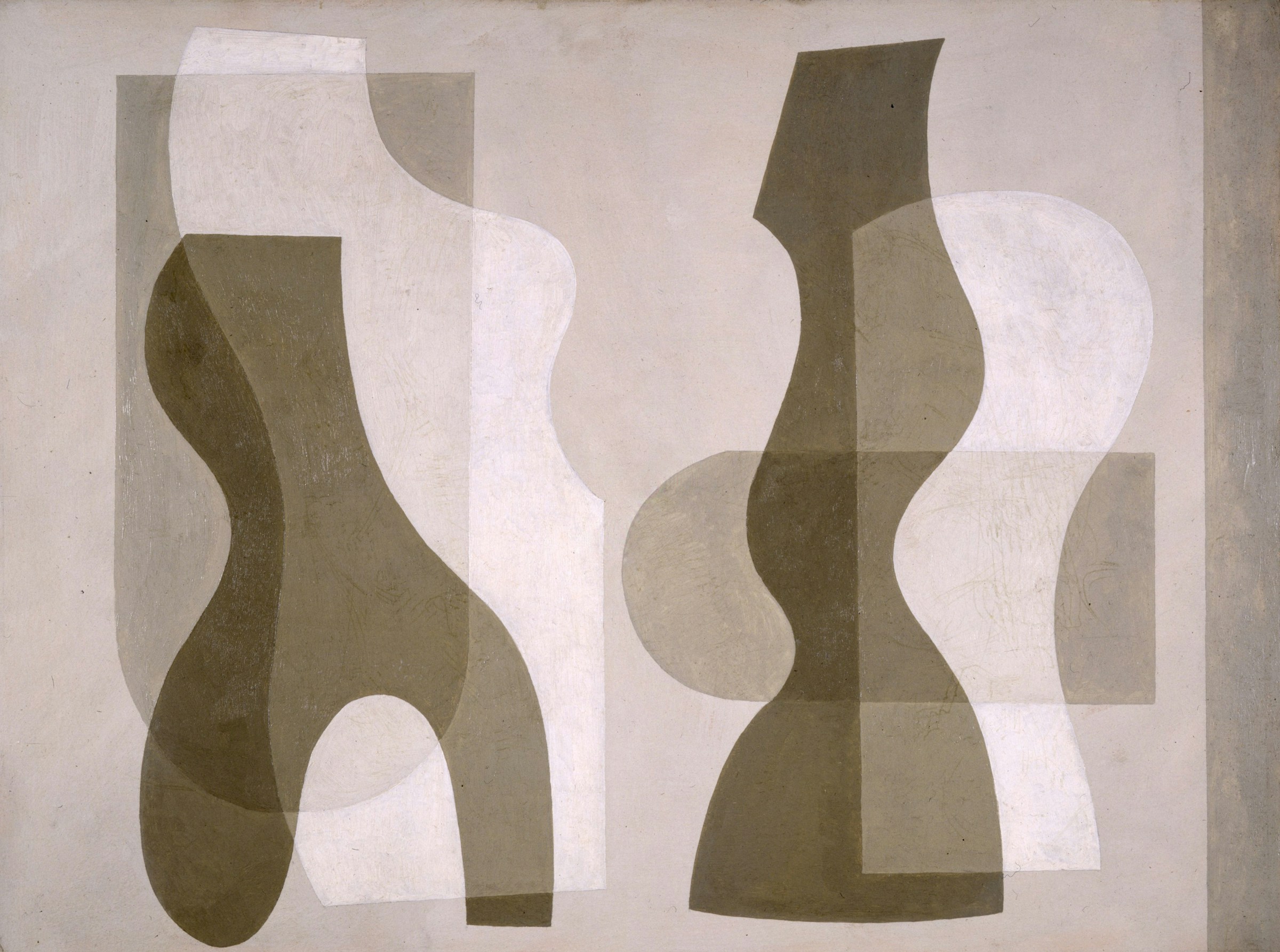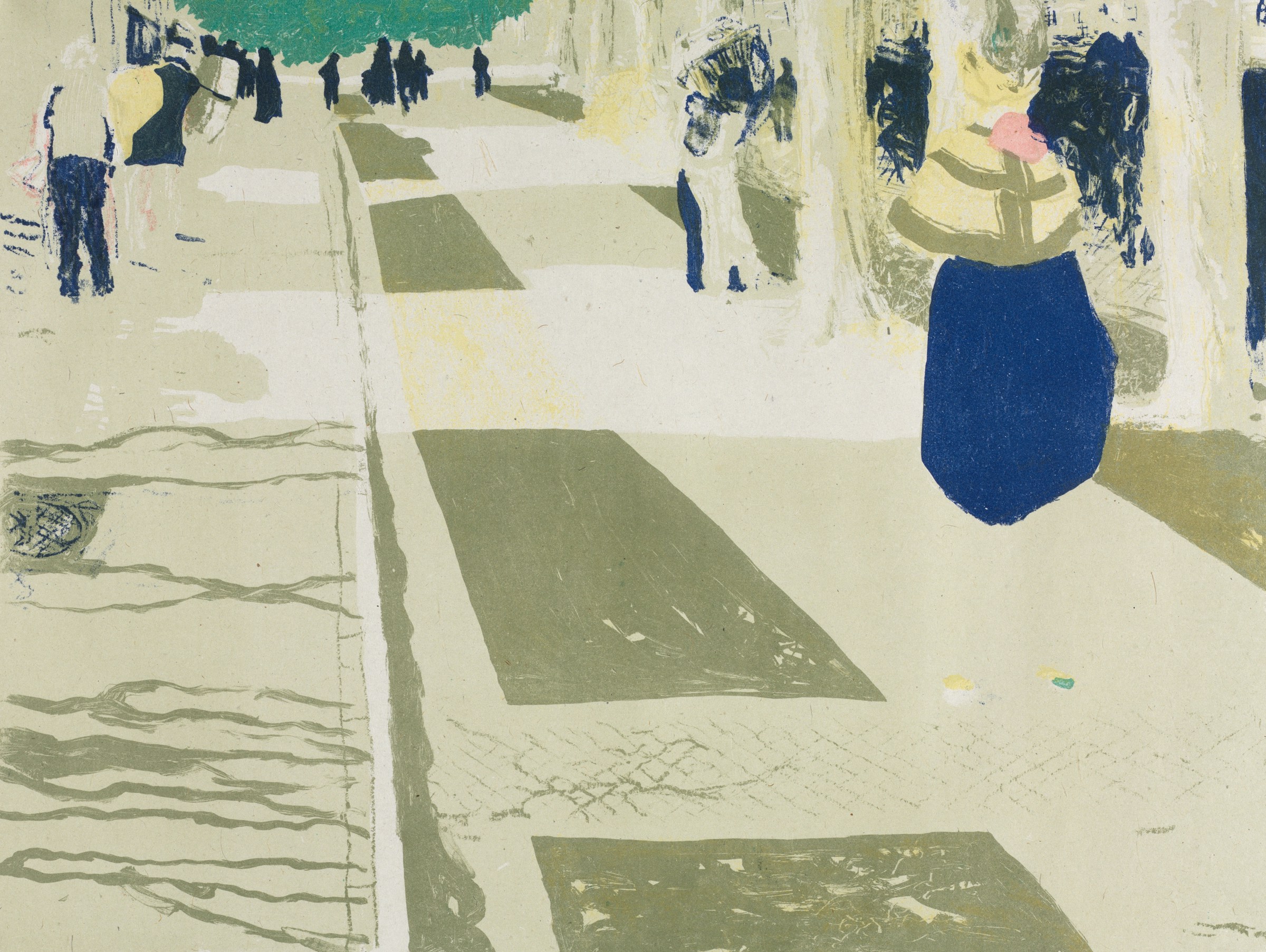The Art of User-Centric Design
In the world of UI/UX design, prioritizing the user is paramount. This article explores the principles of user-centric design, emphasizing the importance of understanding and meeting user needs to create exceptional digital experiences.
The Art of User-Centric Design: Putting Users First in UI/UX
In the fast-evolving landscape of digital design, where trends come and go, one foundational principle remains constant—the user must always come first. User-Centric Design is more than a buzzword; it's a philosophy that underlines the core essence of creating interfaces that resonate with and cater to the needs of the end user. In this article, we'll explore the fundamental aspects of User-Centric Design and why it's pivotal for crafting exceptional UI/UX.
User-Centric Design is a mindset that requires designers to step into the shoes of the end user. It involves a profound understanding of user behaviors, preferences, and pain points. By adopting this approach, designers shift their focus from creating aesthetically pleasing interfaces to designing experiences that genuinely serve the user.
At the core of User-Centric Design lies empathy—an ability to connect with the user's perspective. Designers must cultivate a deep understanding of the target audience, considering their motivations, frustrations, and aspirations. Through empathetic design, interfaces can address real user needs and offer solutions that go beyond mere aesthetics.
User Research: The Foundation for Informed Design Decisions
To truly put users first, comprehensive user research is indispensable. This involves gathering insights through surveys, interviews, and analytics tools. Understanding user demographics, behavior patterns, and pain points allows designers to make informed decisions that directly impact the user experience.
Iterative Design: Continuous Refinement for Optimal Results
User-Centric Design is an iterative process. Designers don't just stop at the initial concept; they continuously refine and enhance based on user feedback. Regular testing and feedback loops enable designers to identify areas for improvement, ensuring that the final product aligns seamlessly with user expectations. In the realm of User-Centric Design, simplicity reigns supreme. Interfaces should be intuitive, requiring minimal effort from users to navigate. Clutter-free designs, clear navigation paths, and straightforward interactions contribute to a positive user experience.
While the user is paramount, User-Centric Design doesn't ignore business objectives. Striking a balance between user needs and business goals is the hallmark of successful design. Interfaces should not only delight users but also contribute to the overall objectives of the product or service.
The success of User-Centric Design is measurable. Key Performance Indicators (KPIs) such as user satisfaction, task success rates, and conversion rates offer valuable insights into the effectiveness of the design. Regularly monitoring these metrics allows designers to adapt and optimize based on real-world user interactions.
Conclusion: Crafting Delightful Experiences through User-Centric Design
In the ever-evolving landscape of UI/UX design, User-Centric Design stands as a guiding principle that ensures interfaces not only look good but, more importantly, function seamlessly for the end user. By consistently putting users first, designers have the power to create experiences that leave a lasting impact and build genuine connections between users and the digital products they interact with.
Autor
Maks Rybicki
Kategoria
Design
Data publikacji
12 marca 2024
Polecane artykuły
Skontaktuj się
Chcesz współpracować? Wyślij mi wiadomość.
Otwarty na nowe projekty


